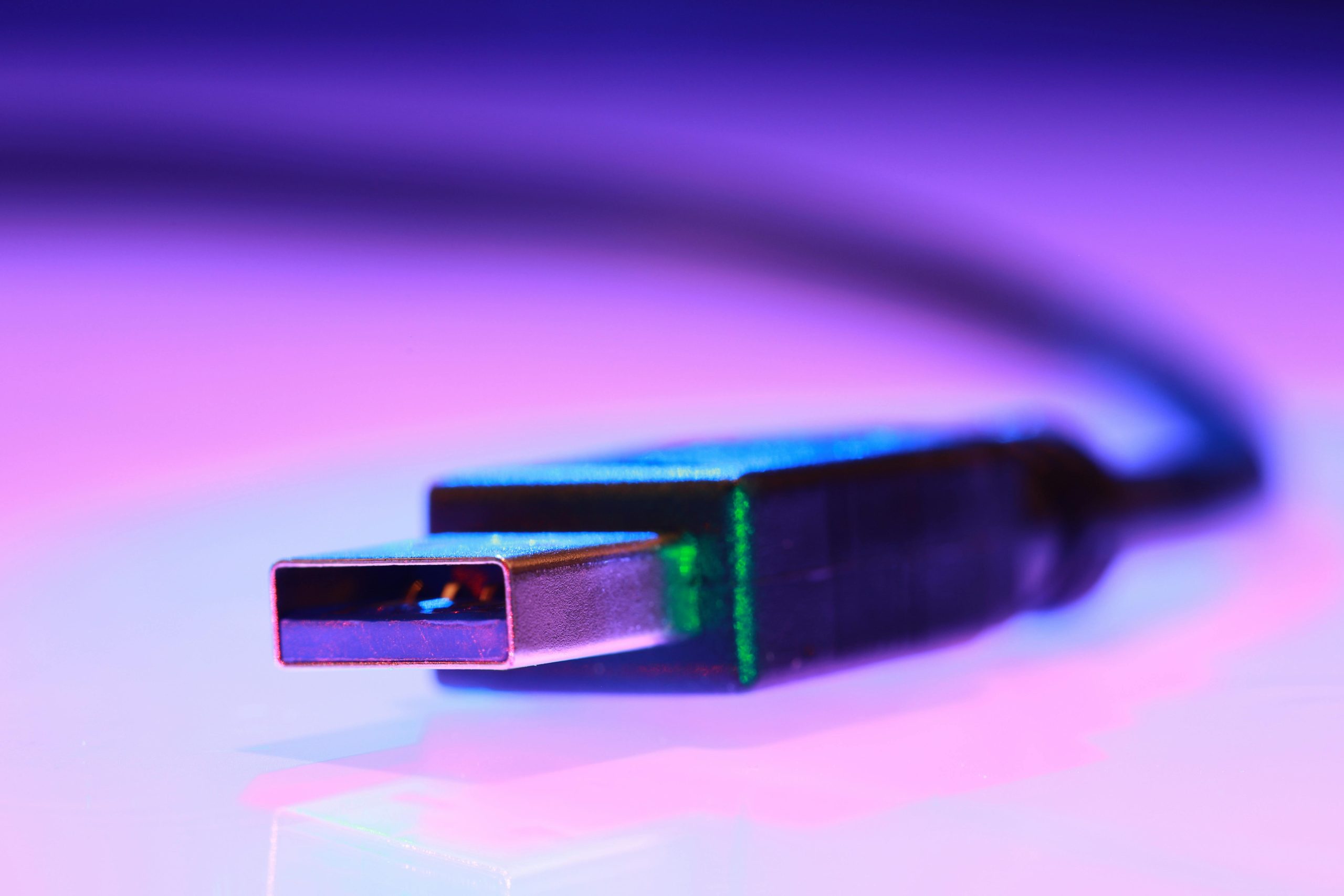Troubleshooting No Video Output on Your Computer: A Guide
Have you ever encountered a frustrating situation where your computer powers on, but the screen remains blank? This issue can be particularly vexing, especially when the system appears to function normally in other respects. Here’s a look at one such scenario and some steps to help you diagnose and resolve the problem.
The Situation
Recently, upon starting my desktop computer in the morning, I noticed that while there was no video output, the monitor responded to the power-on signal. The system successfully passed all Power-On Self Tests (POST), indicating that the hardware was operational. To further investigate, I connected a different monitor, but the issue persisted.
Interestingly, I confirmed that the computer indeed boots into Windows—my peripherals were functioning properly, and I could toggle the Caps Lock and Num Lock keys without issue. However, neither the BIOS nor any visual output was displayed on the screen.
Potential Causes and Solutions
After evaluating the situation, it became clear that I needed to dig a little deeper. Here are some common causes and their respective solutions you might consider if you find yourself in a similar predicament:
-
Check the Cables: Sometimes, video output issues can stem from faulty cables. Ensure that your HDMI, DisplayPort, or VGA connections are secure and in good condition.
-
Examine the Graphics Card: I opened up my graphics card, an NVIDIA Titan X (Maxwell), to check for visible damage. Look for burnt components, bulging capacitors, or any debris that may affect connectivity. If possible, reseat the GPU in its PCIe slot.
-
Test with Integrated Graphics: If your motherboard has integrated graphics and your CPU supports it, try removing the discrete GPU and booting the system using the onboard graphics. This can identify whether the issue lies with the GPU itself.
-
Reset BIOS/UEFI Settings: Sometimes, incorrect BIOS settings can prevent video output. You can reset the BIOS by removing the CMOS battery for a few minutes or using the reset jumper on the motherboard.
-
Reseat RAM and Other Components: Hardware connections, particularly RAM, can be overlooked. Ensure all RAM sticks are securely seated in their slots, and consider testing with one stick at a time if multiple sticks are installed.
-
Check for Faulty Peripherals: Occasionally, connected peripherals might interfere with booting. Disconnect non-essential hardware and attempt to boot
Share this content:




Thank you for sharing your detailed troubleshooting process. Given that your system passes POST and peripherals are functioning correctly, but there is still no video output, here are some additional steps you might consider:
If these steps do not resolve the issue, consider testing with known-good hardware components to isolate the faulty part. Addressing hardware failures often requires component testing, and replacing defective parts is sometimes necessary to restore full functionality.